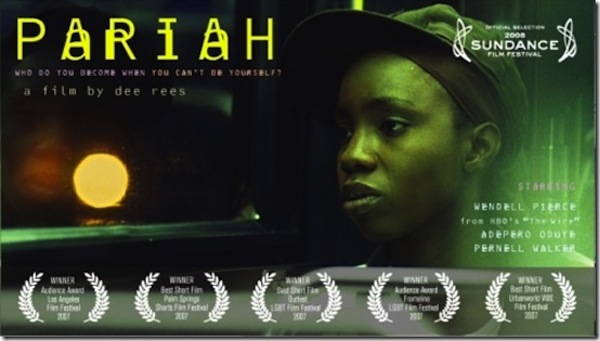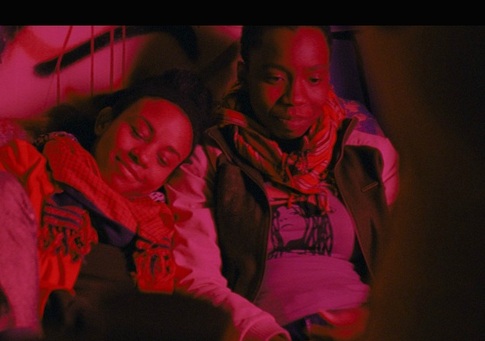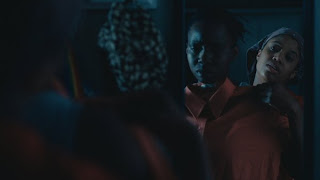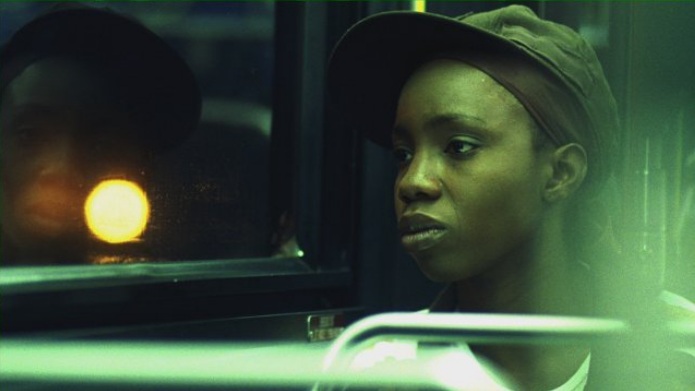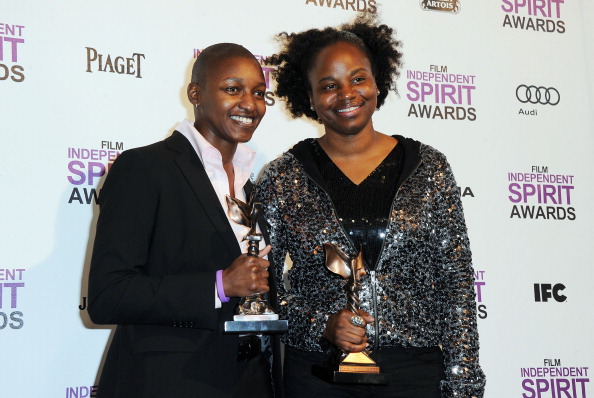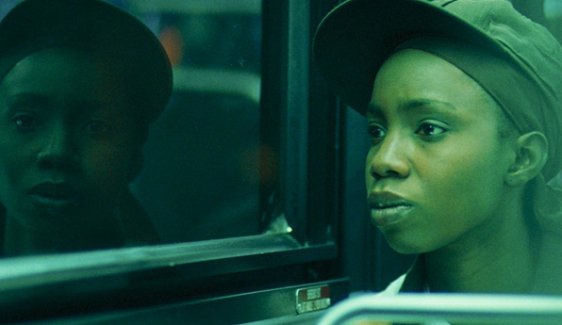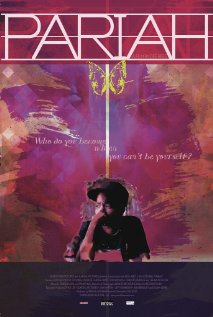
This is a guest post by Eljon Wardally.
It’s been a big season for African American cinema. With movies such as 12 Years A Slave, The Butler, Fruitvale Station, and Best Man Holiday, a shift was felt in audiences going to the movies that hasn’t been felt before. But what about a woman’s place in the realm of films starring women of color as protagonists?
While the films I mentioned have supporting women, there are no protagonists who are women of color. Where are they? Besides Mother of George, can you name a film from this year where the main character was a woman of color? What if we turned some of this year’s blockbuster hits into stories about women of color? What would Fruitvale Station be if Oscar Grant was a woman? (Spoiler alert. Don’t read ahead if you want to know what happens!) Would the film have started as it did with Oscar’s death? As an audience, if we see a woman die a violent death at the start of a film, we are a little more than taken aback. It sets the tone for the entire film, one that is very different from the death of a male. Even though this was real event, the director may not choose to see it play out the way it did. One could argue that a gunshot would just be heard, not shown and while female Oscar may have had the same day and lived the same life as male Oscar, the director may have chosen to tell a different story. Female Oscar would have stopped for the dead dog on the road next to the gas station and cried profusely. She would have stroked his hair. Would female Oscar have been as rugged looking or portrayed as a sex symbol? The actress playing her would probably be fit and toned with hair shiny and done. This is what Hollywood would focus on. I can see her now gracing the cover of Entertainment Weekly and People, hair blowing in the wind with the focus on why she took the part rather than what the story is. Oscarella sold drugs but she’s doing it for her family, for her daughter, so she wouldn’t have the same life she did. Does that message come across clearer because she’s a Mother and not a Father? Personally, I automatically feel more sympathetic to her doing it for her kid because she’s a Mother which is something I didn’t feel for Oscar in Fruitvale Station. Oscarella would still cheat, but audiences would look at her differently. I don’t recall anyone focusing on male Oscar being a cheater in the film. Would the message of mistreatment and tragedy over a senseless murder reign supreme or would we be taken by the other themes in the film?

What if The Butler was called The Maid, would you watch it or do audiences feel as though they know that story already? Cecilia wouldn’t be the focus because Cecilia is the main breadwinner of the family. No one wants to feel for the wife of a drunk husband for almost three hours in a theater that smells like stale popcorn and flat soda. Why don’t audiences want to see films with women of color as protagonists? Where are our stories? We are compelling and we have more to offer. I would like to see more films that didn’t focus on a woman who was heartbroken over love, looking for love, or scantily clad for 80% of the film. I long to see these break through into mainstream theaters and have big producing backers and become so successful they blow the minds of just about everyone! So where are they? It’s not as though there isn’t a lack of talent. Bring on more films like Frances Ha, more films like Philomena with a Latina, Black or Asian woman as the star! Why aren’t these stories being told and why aren’t they being marketed? Companies are so afraid to break out of the norm that steps are tiny. They are afraid that audiences wouldn’t go to see a Frances Ha starring someone they aren’t used to seeing on the big screen. Curiosity doesn’t outweigh what they are used to watching in a theater for two hours. “Is it worth my $15 risk?” they must be thinking; same story, different skin tone. Again, I bring up the African American film market. This season has brought a surge of films, some good and some bad but the point is that these films are out into the mainstream world, something no one could say 10 years ago or even 5 years ago. The same comes for leading ladies of color in film. The surge is coming. Our women of color protagonists are not going to lay low and go quietly forever. Film festivals are full of these masterpieces. We are on the cusp of an upswing. I see the rise coming . I see more films like Pariah and Middle of Nowhere in the future and I can’t wait to sit in a theater with the snack that I smuggled in from home, taking in stories where a woman of color is the star.
Eljon Wardally is a Playwright and Screenwriter living in New York City. She holds a BA in Communications and Culture from Clark University and will graduate with her MFA in Playwriting from Fordham University in May 2014. Eljon is the writer of the award winner short Docket 32357 which is now being turned into a Docket 32357- the series which was successfully crowdfunded on Seed&Spark. She’s currently obsessed with The Twilight Zone, The Golden Girls, and American Horror Story.



